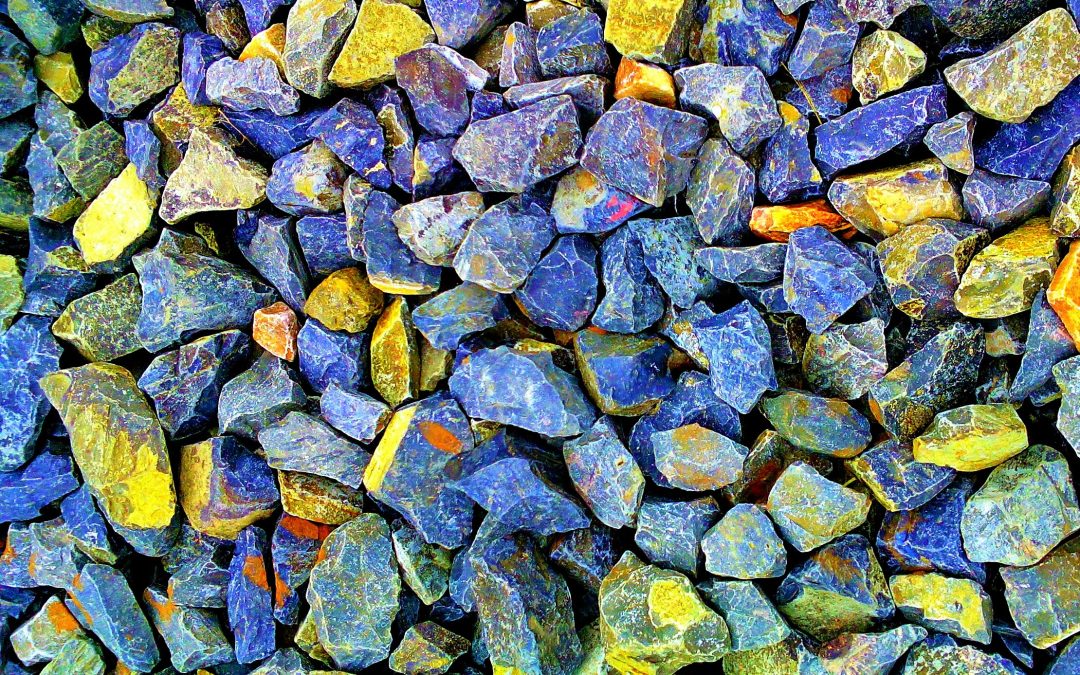Gravel for Fish Tanks and Aquariums
Have you ever thought that fish tank gravel serves no purpose at all—other than something ethereal and aesthetic? Interestingly enough, fish tank gravel actually does serve a purpose: it covers the bottom of the tank, which is a significant part of the nitrogen cycle in your mini ecosystem.
Hey! That sounds pretty ethereal, too. And it is. But it’s true. Because you have both fish and plants in your tank, nitrogen is both created and broken down. As your fish makes fecal deposits in the tank, sheds skin, and otherwise uses all biological means to make a mess, biodeposits collect on the bottom and stick to the gravel.
In addition to what your fish decides to unleash on the tank, plants also leave deposits on the floor of the tank, adding to the mass. If the fish tank gravel weren’t there, the biodeposits would move across the tank floor—creating an unsightly, disgusting picture for anyone looking at the tank.
Instead, the deposits stick in the fish tank gravel and begin to decompose slowly, as bacteria acts on them.
If you find that the bacteria in your tank isn’t working very hard, you may want to purchase a tube of fish tank cleaner with an active culture in it. You will, however, want to make sure that it matches up with your salinity, ph, and environmental specifications.
Once the bacteria breaks up the deposits, the compounds that are created in the process either float to the top of the tank and escape in gas form or are consumed by the plant life.
So does fish tank gravel serve any other purposes than strictly aesthetic ones? Not really. It might aid the nitrogen cycle slightly, but its primary purpose is to act as an aesthetic improvement to your mini ecosystem.
How To Clean Fish Tank Gravel
It’s that part of the aquarium maintenance process that people find to be most onerous. No, it does not involve the changing of water. No, it’s not about cleaning up the filtration system.
No, it’s not even concerned with transporting the fishes during cleanup. The most difficult step in aquarium maintenance is cleaning the fish tank gravel.
Whether you’re using pebbles or sand, fish tank gravel can provide some problems. For starters, you’d have to remove the gravel from the aquarium. This can be very hard, considering that the gravel had been made semi-compact by the water, and may not be moved just like that.
Secondly, you’d have to rinse the gravel numerous times to thoroughly get rid of the dirt that has accumulated in between the particles. Lastly, you have to leave the gravel to dry under the sun, and if you want a really comprehensive cleanup, you’d do this before and after every washing.
There are different alternatives, both to cleaning fish tank gravel and setting up the same, which could make your life a whole lot easier. Let’s take a look at them.
* If you’re keeping Cichlids for pets, they are hardy enough to withstand rocks instead of pebbles or sand. Consider using pieces of or granite instead. They are not porous, and they’d make under-gravel filters an impossibility, but they will be very easy to clean. However, do not consider this alternative if you’re keeping delicate fishes like goldfish, tetras, or bigger species because the bigger rocks may cause damage to their fins and gills.
* You could even consider to do away with gravel altogether. However, this would compromise the aesthetic appeal of your aquarium, and it would also be impossible for you to maintain aquatic vegetation beneficial for the ecosystem you should desire for your fish tank.
* Purchase a mini vacuum especially built for fish tanks. This way, you won’t have to dig up the gravel to unearth the dirt that has accumulated. The vacuum cleaner would do this for you.
* Invest on janitor fishes (Pterygoplichthys Pardalis). A couple of them for a 50 gallon setup would be perfect. They are bottom feeders that would minimize the unwanted accumulation on the gravel. And they are quite affordable at that.
* You could, as you should, invest on a powerful filtration system that could siphon the unwanted particles in your aquarium. This may not be able to completely eliminate the need for cleaning up the gravel, but at least, it pebbles or the sand would require less rinsing.
Proper aquarium maintenance requires regular cleaning of the fish tank, the fish tank gravel included. This means that you have to go through the process twice a week. If you’re in for the long haul, it would be best to follow any of the recommendations above to make fish keeping a less onerous and more enjoyable hobby.

